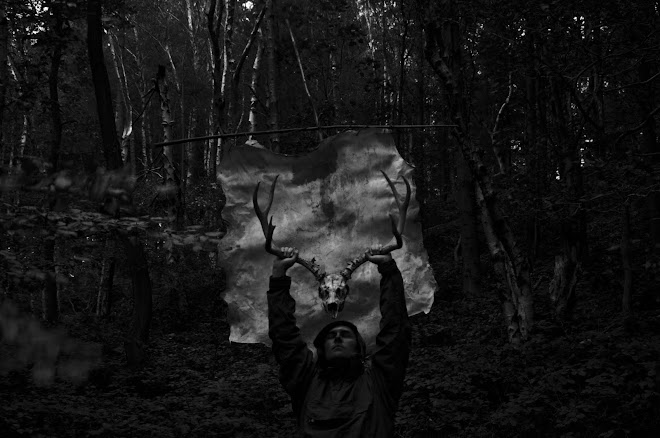skip to main |
skip to sidebar
The High Places X: Why Barningham?




The scattered sheep grazing down on the lower moor began to bleat, either at my intrusion or with the knowledge of the change in the weather. I made the gate at Black Hill and entered the extreme eastern corner of the Stang. I was instantly sheltered from the winds of the moor, the forest felt warmer and quieter and I noticed the buzzard still making its circles where the trees joined the grass. The walk back to the car was monotonous. Only the constant rabbits and one, solitary and very startled wood pigeon were to be seen, there was not even a deer slot or a fox scat to break up the long trudge as I took the shortest, and steepest, path to the top through the deep spruce. Fronting contour lines like a swimming breaking waves I climbed the hill, which had looked much less steep on the map.
Back along the top of Hope Scar I stopped to take in the view. Away to the far east the towers and chimneys of industrial Teesside glimmered and flared in the afternoon sun. Specks of sleet stung my face, whipping my hood about my head as a strong wind blew from the south-west, pouring clouds over the moorland vastscape. What is so special about Barningham Moor? Why does it contain such a wealth of rock art.
In their excellent book Paul and Barbara Brown suggest that the rock art on Barningham Moor is an extension of that found to the south east at Gayles and Feldom and continuing on westward to Scargill Moor. It would seem that this line of north and east facing ridges was an important location – maybe it was, as the Browns suggest, used as a pass to cross the hills into the upper Eden Valley and thus to the Cumbrian megalithic sites to the west. But if these moors were a Neolithic route why is there no similar concentrations of rock art on the western side of the pass around Brough to match that on the eastern side?
I feel that the site itself is important. We know that it was habited for a very long time, there is evidence of enclosures, track ways, settlement and burial. Having attempted to walk in during the depths of winter I find it hard to believe the site was used all year but it may have been a location for summer grazing or hunting. Transhumance may have been practiced by people living in the low
The rock art itself remains a mystery. Forms and meaning abstracted and ritualised until they are lost to our modern minds. By immersing ourselves in the moor, by walking without the confines of a map, or worse a GPS, and allowing ourselves the luxury of being part of the landscape with can sometimes see things deeper and clearer. Just as the Zen gardens of Japan encode subliminal images that cannot be consciously perceived when looking at them; the subsconsious mind is able to see a subtle association between the art inscribed on the rocks and the world as our ancestors knew it.






No comments:
Post a Comment